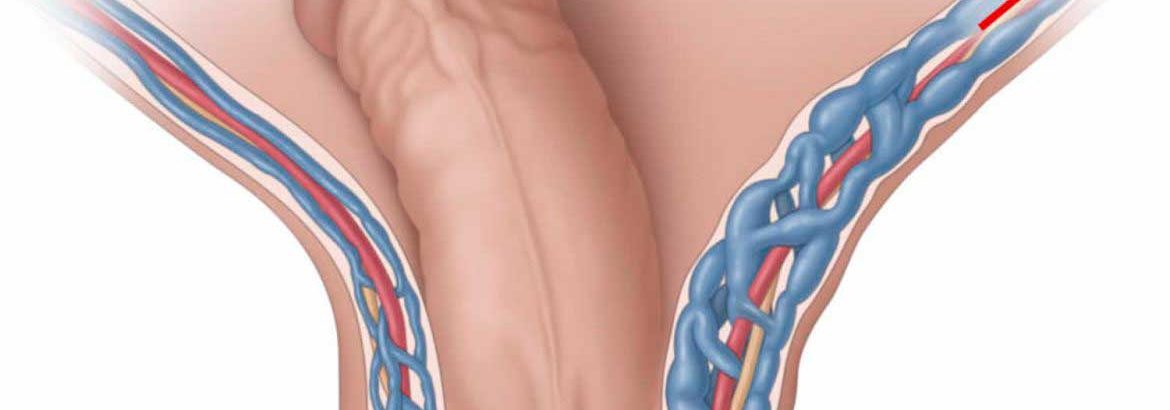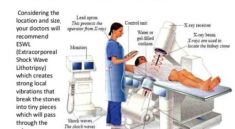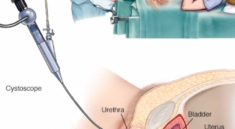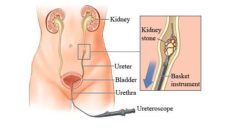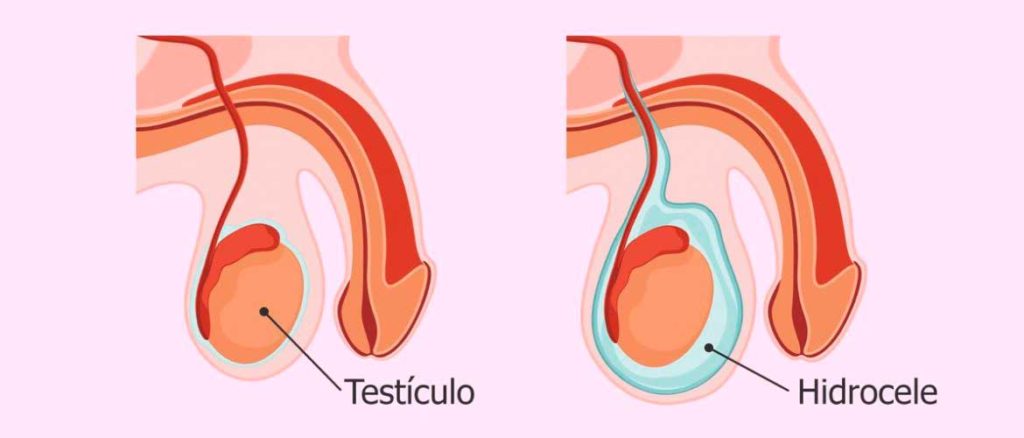
INFORMATION
A hydrocele is a sac of fluid that forms around a testicle. It occurs when fluid builds up in the layer of tissue that covers the testicle. It may be caused by an infection or by injury to the testicle. But the cause is often not known. A large hydrocele can cause pain or swelling in the scrotum. Hydrocelectomy is surgery to remove the hydrocele.
The day of surgery
The procedure takes about 30 minutes. You will likely go home on the same day.
BEFORE THE SURGERY STARTS
- An IV (intravenous) line is put into a vein in your arm or hand. This line delivers fluids and medicine (such as antibiotics).
- You are then given medicine (anesthesia) to keep you free of pain during the surgery. This may be general anesthesia, which puts you in a state like deep sleep through the surgery. A tube may be put into your throat to help you breathe.
- Local anesthesia or numbing medicine may be given to help control post-surgery pain. The doctor or anesthesiologist can tell you more.
DURING THE SURGERY
- An incision is made in the scrotum.
- The hydrocele is drained of fluid. The tissue that forms the sac around the hydrocele is removed or repositioned. This helps prevent fluid from building up again.
- A thin tube (drain) may be placed in the incision to allow fluid to drain.
- The incision in the scrotum is closed with stitches or surgical strips.
AFTER THE SURGERY
You will be taken to a room to recover from the anesthesia. A nurse will monitor you and make sure you’re not in pain. You may feel sleepy and nauseated. If a breathing tube was used, your throat may be sore at first. An ice pack may be put on the surgical area. This helps reduce swelling. You may also be given a jockstrap to wear. This helps relieve pain and swelling, and prevents injury. Once you are ready to go home, have an adult family member or friend drive you.
Recovering at home
Follow the instructions you have been given to care for yourself. During your recovery:
- Apply an ice pack or cold compress to the scrotum as directed to help reduce swelling. Do this for no longer than15 minutes at a time. Continue using the cold pack for 2 days or until swelling improves.
- Take prescribed pain medicine as directed.
- Care for your incision as instructed.
- Follow your doctor’s guidelines for showering. Avoid swimming, bathing, using a hot tub, and other activities that cause the incision to be covered with water until your doctor says it’s OK.
- Wear a jockstrap or snug underwear as directed.
- Don’t lift anything heavy. Exercise as directed.
- Don’t have sex for4 weeks, or as directed.
- Don’t drive until you are no longer taking pain medicine and your doctor says it’s OK.
Call your doctor if you have any of the following:
- Chest pain or trouble breathing
- Fever of4°F (38°C) or higher, or as directed by doctor
- Symptoms of infection at the incision site such as increased redness or swelling, warmth, worsening pain, or foul-smelling drainage
- Bleeding from the incision site
- Pain gets worse or is not relieved by pain medicine
- Increased pain or swelling in the scrotum or groin area
Follow-up care
You will have follow-up visits with your doctor to check on your healing. You may also have stitches or a surgical drain that needs to be removed. Be sure to tell your doctor if you have any questions or concerns about your recovery.
Why does hydrocele happen?
The scrotum is the sac of skin that holds the testicles once they descend. … This can cause fluid to move from the abdomen into the scrotum. Hydroceles can also be caused by inflammation or injury in the scrotum or along the channel. The inflammation may be caused by an infection (epididymitis) or another condition
Is a hydrocele dangerous?
A hydrocele typically isn’t dangerous and usually doesn’t affect fertility. But a hydrocele might be associated with an underlying testicular condition that can cause serious complications, including: Infection or tumor
How long does it take to recover from a hydrocele surgery?
Your groin and scrotum may be swollen or bruised. This usually gets better in 2 to 3 weeks. You will probably be able to go back to work or school 4 to 7 days after surgery. But you will need to avoid strenuous exercise or heavy lifting for 2 to 4 weeks.
What are the early warning signs of testicular cancer?
Signs and symptoms of testicular cancer include:
- A lump or enlargement in either testicle.
- A feeling of heaviness in the scrotum.
- A dull ache in the abdomen or groin.
- A sudden collection of fluid in the scrotum.
- Pain or discomfort in a testicle or the scrotum.
- Enlargement or tenderness of the breasts.
- Back pain.

